Tada! I finally worked up the nerve to finish this dress, after lots of fear over working with silk. It’s got plenty of flaws (ahem, wonky tonky hem), but I’ve gone ahead and declared it wearable because…I like it anyway. After all that work, I’m not resigning it to the closet.
The silk (crepe?) was gifted to me by a friend who was moving. The original color, blue-grey, was a bit too pale for me, so I overdyed it (click here for before and after). That was over a year ago!
I cut the pattern out way too big, I think overcompensating for fit issues in my first Anda, which was a wee bit snug in the booty. So then I had to cut the silk version down, but when I finished, the sleeves stuck out in the oddest, ugliest way. I’ve since learned how to use bias tape better—-that might’ve been the problem. Great bias tape tutorial here at Collette Patterns.
I cut off the sleeves and used the bias tape as a facing, which worked much better.
I’ve worked on the hem some since these pictures were taken, and I will keep tweaking, but I don’t know if it’s ever going to be just so. I’m okay with that. I found another tutorial at Collette Patterns about rolled hems, but it’s too late to re-do this one completely.
I have to say, working with silk really is tricky, but I think I learned a few things, and I’d try it again. If you’re sewing with silk, another helpful resource is Sunni of A Fashionable Stitch. She offers helpful silk sewing tips here. Now I need a tutorial on ironing silk. I swear, I did iron it before these photos were taken.
Pattern: Burda Anda, with modifications
Sandals: gift from my friend (via Vietnam via Texas via Germany)
Necklace: a gift from my in-laws.
Photographers: my kids (5 and 9) Didn’t they do a great job? My primary photographer was, um, watching golf and could not be disturbed.
For more of my sewing, check out this link. This was my third Anda, the second being a linen colorblock one. I’m sure I’ll make more Andas, but I think it’s about time for me to move on to something else.
Have a great weekend! And oh, if you’re into Instagram, I’m finally actually using it, so you can find me there at emilysmithpearce. I’d love to see you there.



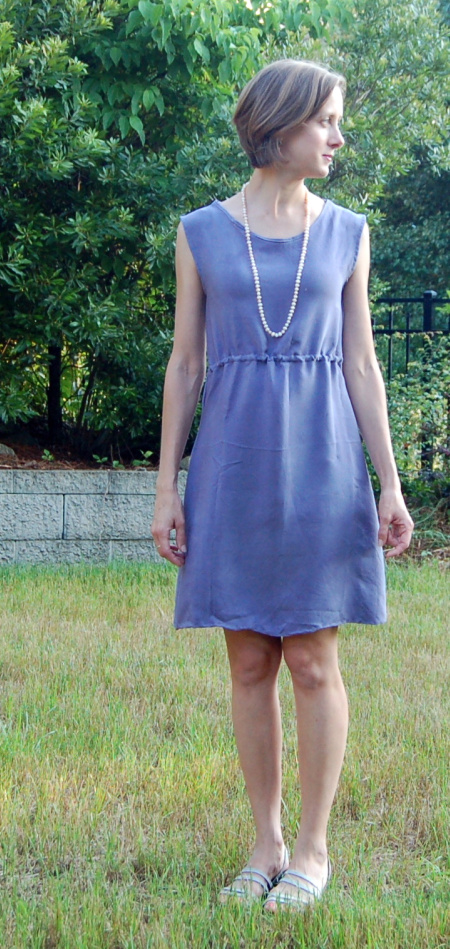
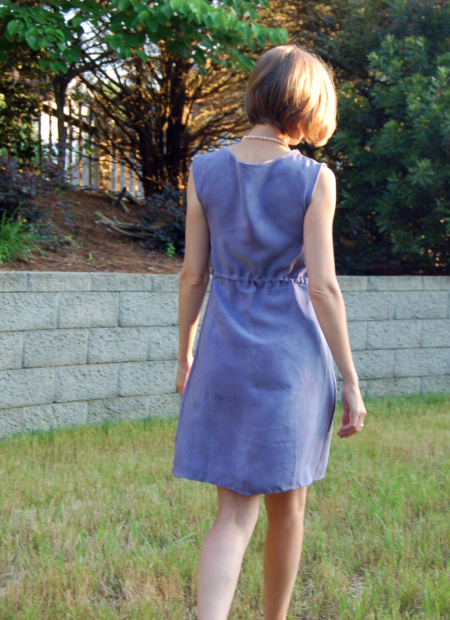
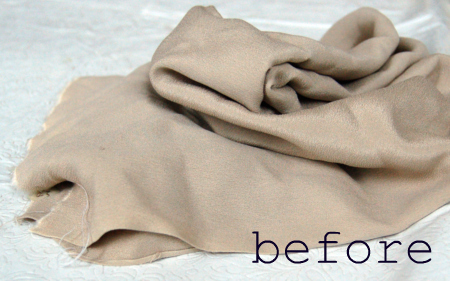

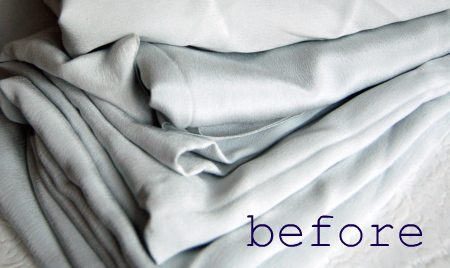
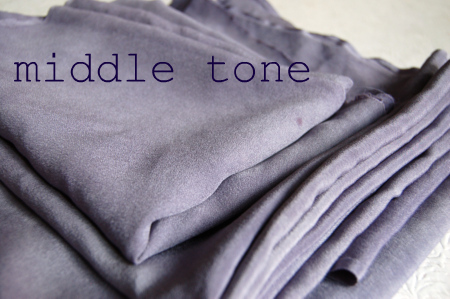
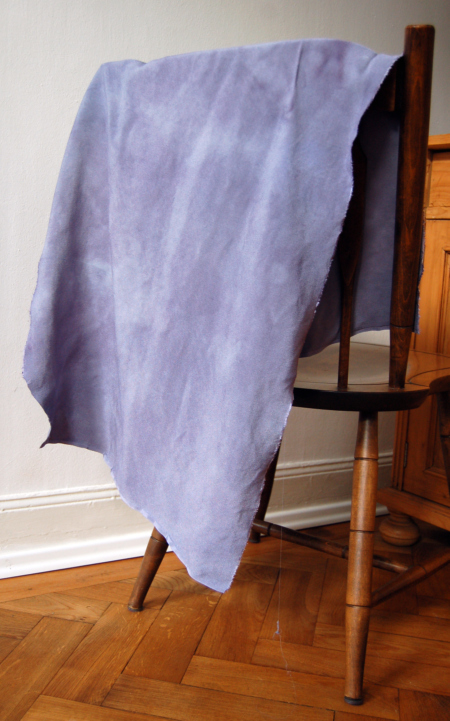
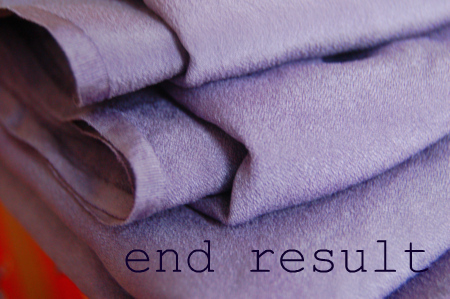









Emily, in a sense, you remind me of the Pioneer Woman. Keep it up!
GD Bob
Well, I’ll take that as a compliment. Incidentally, did you know there’s a blog called “Pioneer Woman” about a woman who lives on a ranch or something like that? They’re making a movie about it. We have been reading Little House on the Prairie. The Wilders are much tougher than I am I’m afraid.
I’m afraid.
I love dyeing too and I love your purple silk with all the lovely markings on it!